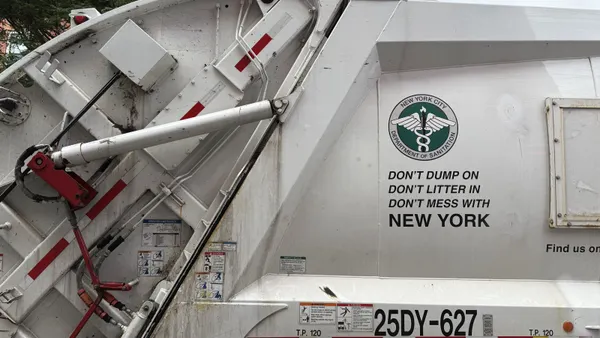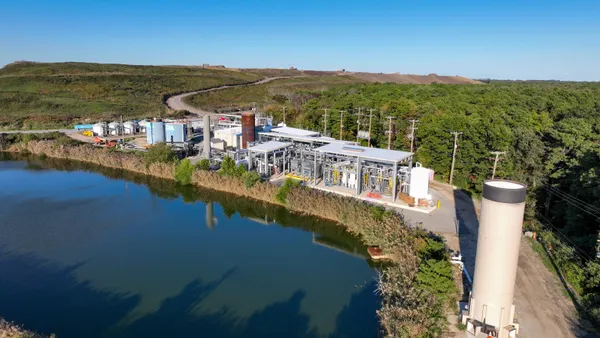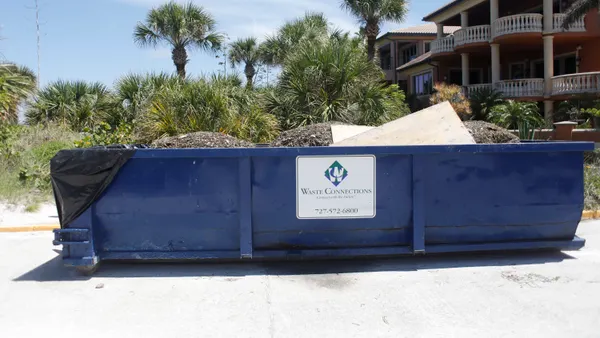Highlights
- Using water released from sewage treatment facilities for crop irrigation is a growing practice in arid parts of the world.
- Practice has lead to concerns that antibiotics that pass through the treatment facility will create strains of resistant bacteria
-
new study shows that levels of antibiotic resistant bacteria is the same in fields and plants irrigated with fresh or waste treated water
From the article:
A new study eases concerns that irrigating crops with water released from sewage treatment plants -- an increasingly common practice in arid areas of the world -- fosters emergence of the antibiotic-resistant bacteria that cause thousands of serious infections each year. The research appears in ACS' journal Environmental Science & Technology.
Eddie Cytryn and colleagues explain that a large fraction of antibiotics given to people or animals pass out of the body unchanged in the urine and are transferred via sewage systems to wastewater treatment facilities. These facilities do not completely remove common antibiotics like tetracycline, erythromycin, sulfonamide and ciprofloxacin and may actually enhance the abundance of antibiotic-resistant bacteria and antibiotic-resistance genes.
Previous studies have suggested that wastewater effluents can expand natural reservoirs of antibiotic resistance, which may contribute to clinically associated antibiotic resistance. Arid and semi-arid areas of the world are plagued by severe water shortages, which are expected to increase as a result of growing population and global climate change. As a result, more areas are turning to treated wastewater (TWW) to irrigate croplands....












